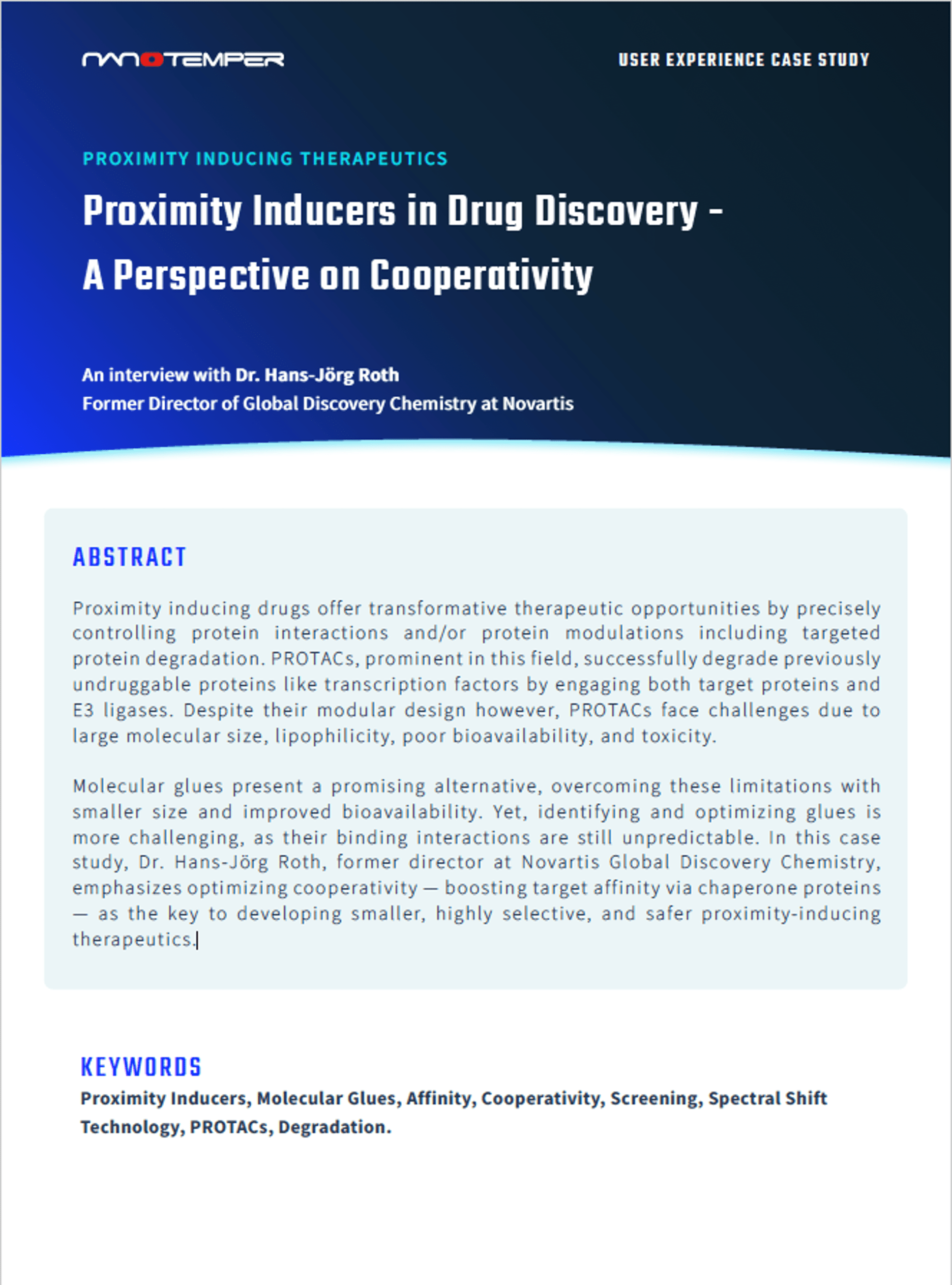
Neurodegenerative diseases (ND) and cancer are the two major targets in the pipelines of companies focused on targeted protein degradation as a therapeutic modality. Proteins involved in NDs — such as tau in Alzheimer’s disease (AD) and synuclein in Parkinson’s disease (PD) — develop a toxic gain of function that results in aberrant and pathologic misfolding and aggregation within the brain, leading to dementia in the case of AD and tremors, stiffness, and slowing movement in PD.
The few available medications haven’t been very effective. They either change disease progression — like the recently FDA-approved and controversial Aducanumab for AD — or they lessen or control symptoms. It’s this lack of effective drugs to treat ND that drives the development of new therapeutics. And the total protein degradation modality — locally and specifically targeting the disease-causing proteins and degrading their toxic aggregates — promises to be revolutionary.
But the development of PROTACs for ND diseases encounters the same challenges as any other drug candidate that targets brain cells. Here are the top three challenges and how the degraders might be able to overcome them.
1. PROTACs must cross the blood-brain barrier (BBB)
The ability to cross the BBB is a must-have feature if the drug candidate has to target a protein of interest (POI) inside the brain. It has been accomplished before, and in the case of PROTACs, it can be engineered into the drug molecule. But a PROTAC’s small size in combination with a receptor-mediated uptake approach may allow researchers to design a degrader that binds to neurodegenerative disease-causing targets like tau and synuclein inside the brain.
2. PROTACs must enter inside the cells of the central nervous system and remain there as active drugs
Another important aspect to consider when designing and optimizing PROTACs for ND is their bioavailability as free and active molecules ready to bind to the POI. This is especially difficult when there are transporter-mediated efflux mechanisms that actively move molecules outside of the central nervous system. Case in point is P-glycoprotein (Pgp) — a protein that protects the brain from harmful substances by excluding them from entering the parenchyma from blood circulation. Researchers are testing different ways to control this natural efflux system, and from the way some degrader candidates are moving along the pipelines, it seems that success has been achieved.
3. PROTACs should be optimized for oral drug delivery
The main advantage of administering drugs via the oral route is patient convenience, and it is a desirable feature when developing any drug candidate. PROTACs might have an advantage over other therapeutic options available today for ND like antisense oligonucleotides and monoclonal antibodies that require intrathecal and intravenous administration respectively. Given their smaller size and various physicochemical properties that can be monitored during the degrader’s design process — like E3 ligase and POI ligands — oral bioavailability of PROTACs can be achieved. This is great news given that the administration of current ND drugs is more invasive, can potentially cause infection, and require a more extensive operative procedure.
The search for PROTACs that target ND and also cancer continues, as evidenced by fast-moving pipelines. The success rests with the advantages that the protein degradation modality has over the traditional inhibition approach.












